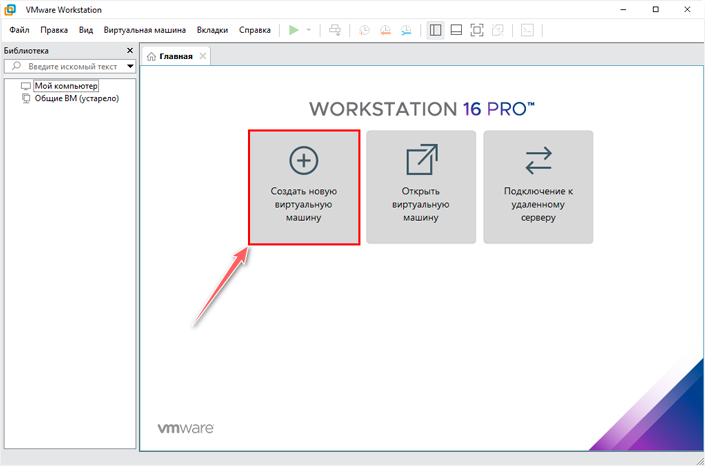

- MACOS CATALINA VMWARE FOR MAC
- MACOS CATALINA VMWARE INSTALL
- MACOS CATALINA VMWARE UPDATE
- MACOS CATALINA VMWARE SOFTWARE
- MACOS CATALINA VMWARE ISO
MACOS CATALINA VMWARE FOR MAC
The Apple TV app for Mac is the new home for all your favorite movies, shows, premium channels, and - coming soon - Apple TV+. And find it all in your music library on all your devices. The new Apple Music app is the ultimate music streaming experience on Mac.1 Explore a library of 50 million songs, discover new artists and tracks, find the perfect playlist, download and listen offline, or enjoy all the music you've collected over the years. iCloud seamlessly syncs everything across your devices - or you can back up, restore, and sync by connecting the device directly to your Mac. And rest assured everything you had in your iTunes library is still accessible in each app.

It all changes again with three all-new, dedicated apps - Apple Music, Apple TV, and Apple Podcasts - each designed from the ground up to be the best way to enjoy entertainment on your Mac. ITunes forever changed the way people experienced music, movies, TV shows, and podcasts. Music, TV, and podcasts take center stage.
MACOS CATALINA VMWARE UPDATE
The supplemental update focuses on security issues only. You would want to download the combo update if you're going from 10.5.0 to 10.5.3. The combo update includes all the files necessary to update from the last major version. The macOS regular update only includes the files needed to update from the immediate previous version, for example from 10.5.2 to 10.5.3. What's the difference between the macOS combo and the regular update? Now you can take everything you do above and beyond. And discover smart new features in the apps you use every day. Extend your workspace and expand your creativity with iPad and Apple Pencil.
MACOS CATALINA VMWARE INSTALL
Time to install VMware Tools onto it.Enjoy your favorite iPad apps now on your Mac. You've successfully installed macOS in a virtual machine.
MACOS CATALINA VMWARE SOFTWARE
If you get a notification about software updates, click "Remind Me Tomorrow". Go through the setup process but DO NOT SIGN IN WITH YOUR APPLE ID, choose "Set Up Later". As long as you don't get "Error 107", which means it failed to rebuild the prelinkedkernel.Ĭlose Terminal and reboot into your hard drive. That's fine too, macOS does that sometimes. Sometimes you don't get an ID at the end. If you get a "KernelCache ID" at the end of that, that means that the prelinkedkernel rebuilt succesfully. Ignore those errors, the prelinkedkernel should still rebuild just fine. You may get errors like "Warning: /Volumes/Catalina/AppleInternal/Library/Extensions: No such file or directory" or even really fast scrolling text, like shown on the screenshot below. If you are stuck on "/Volumes/Catalina locked waiting for lock", leave the VM alone for up to 5 minutes and it should start. Rm -rf /Volumes/Catalina/System/Library/PrelinkedKernels/prelinkedkernelįor that last command, this is where the results may differ for some people. `cp -rf /Volumes/CatalinaAMD/System/Library/Kernels/kernel /Volumes/Catalina/System/Library/Kernels/ (replacing "Catalina" with whatever you named your hard drive earlier): Reboot the VM back into the BIOS, select the installer and open Terminal once again. Reboot the VM via the Apple logo and leave it to install. Type this command in Terminal (replacing "Catalina" with whatever you named your hard drive earlier): cp -rf /Volumes/CatalinaAMD/System/Library/PrelinkedKernels/prelinkedkernel /Volumes/Catalina/"macOS Install Data"/"Locked Files"/"Boot Files"/ Once the installer has booted, click on "Utilities" in the Finder bar and select "Terminal". Start your VM, enter the BIOS and boot back into the Catalina installer. If the VM restarts and you get a 'CPU is disabled' error, close the error window, attempt to close the VM window, select 'Power Off' and reopen VMware. Keep an eye on the virtual machine since it auto-restarts. This will take about 5 mins, depending on your machine. Select the hard drive that we erased earlier with Disk Utility and press "Install". When the installer opens, press "Continue". Select "Reinstall macOS" and press "Continue". Change "Format" to APFS and press "Erase". Select "VMware Virtual SATA Hard Drive Media" under "Internal" hard drive. Select "Disk Utility" and press "Continue". This will take a few minutes to boot, so sit back. The Apple logo should pop up with a moving status bar, like a real mac. This is our Catalina installer that we are booting.

Select "EFI VMware Virtual SATA Hard Drive (2.0)" and press enter.
MACOS CATALINA VMWARE ISO
This is only happening because there's no ISO selected in our virtual DVD drive.Īs soon as you see the VMware logo pop up on a black background, immediently hit any key to enter the BIOS. If you are greeted by this message, press "No". Now that we've made the virtual machine, it's time to install macOS onto it.


 0 kommentar(er)
0 kommentar(er)
